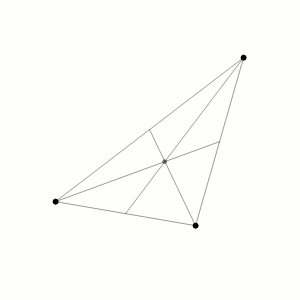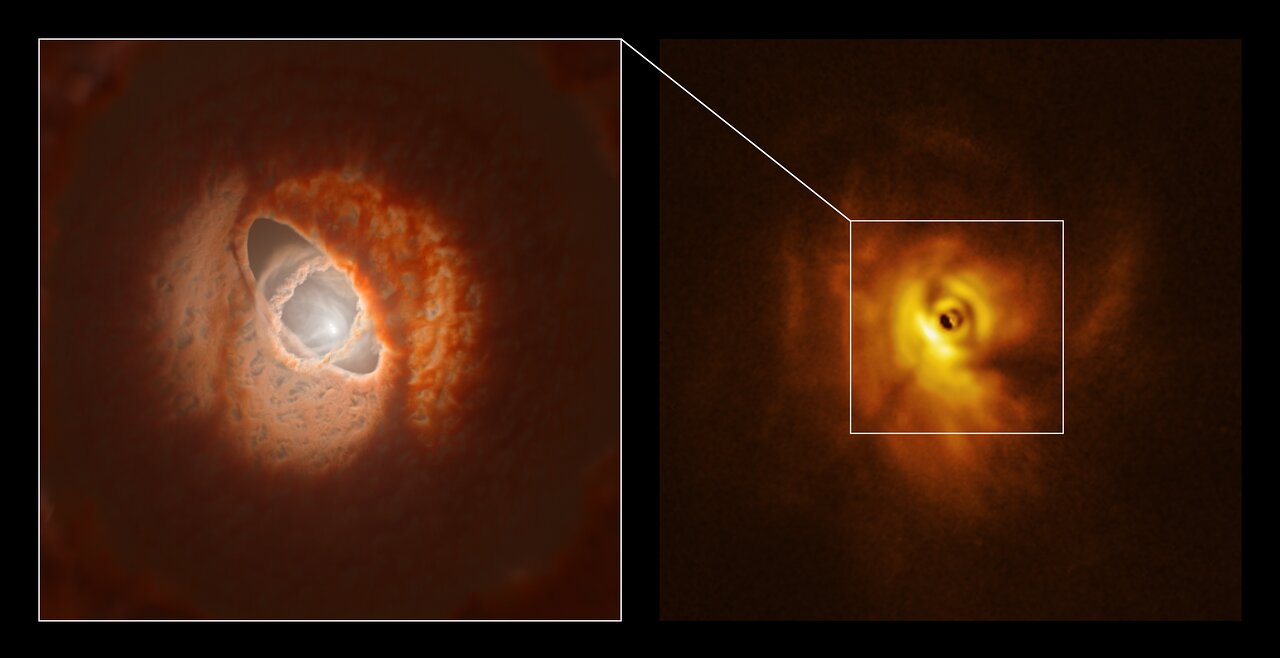The GW Orionis star system has three stars orbiting each other. Now, researchers think they may have found a planet in this dancing star trio — and if it’s true, it could teach us a few things about how planets are formed.

Binary star systems are well known to both scientists and science fiction fans. Although our own solar system has one star, systems with two or even three stars are not unusual. Between 40 and 50% are binaries and 20% are triple stars systems. If you’re an astronomer studying these solar systems, describing them is more complicated than those with a single star.
For binary systems, researchers use the so-called two-body problem to describe how the stars will move and gravitate around each other. However, the three-body problem is far more difficult.
The notoriously difficult three-body system has no exact solution. When the three objects have similar mass, they function in a seemingly chaotic, dynamical system whose motion is very complex and difficult to describe. Astronomers use intense computational simulators to estimate the orbits and motions in such complex systems especially when they are far away and difficult to describe.

The GW Orionis system may possibly be the first triple star system we’ve ever observed that has a planet orbiting it. Two of the stars are a spectroscopic binary system, as revealed by the Doppler effect of their motion: one star is farther away from us and it appears redder, while the other is closer and appears bluer. The binary pair is separated by the same distance as that between Earth and the Sun. The third star is 8 times that distance from the binary. This type of distribution is called a hierarchical trinary, where two stars orbit each other and a third one orbits them both.
The instruments from Atacama Large Millimeter Array(ALMA), in Chile, detected a cloud of dust and gas surrounding the system. In another Chile-based observatory, the Paranal Observatory, instruments observed the deformity in that cloud. It is not a horizontal disk orbiting a star, but a bunch of messy ‘rings’ wrapped around the inner structure.

The disk has three main rings, one closer to the triplet and two others misaligned from the inner one. The tilt is caused due to the orbits of the stars, the third outer star is not in the plane as the binary, so the motion of the gas around them is distorted and tilted as well.
But the distorted gas would not be like this only due to the gravitational interaction between the stars. So the team simulated a scenario in which a planet would be between a big gap between the inner rings, in an orbit that is the same plane as the binaries. Their results showed that the planet needs to be massive for that, something like Jupiter which could gain mass from the cloud, in crazy cataclysmic sets of events the planet moves to an inner orbital position. It is also possible that another planet forms from the inner ring which has 30 times the mass of our planet.
All this is a combination between observations and the simulation, whether this is the best explanation to what we have measured or not is left for future detections. The system is enormously complex and difficult to describe mathematically, even with simulations it is hard to represent it perfectly. For now, this is already amazing progress astronomers are making towards understanding this complex, far-away system.
The study was published in MNRAS.









